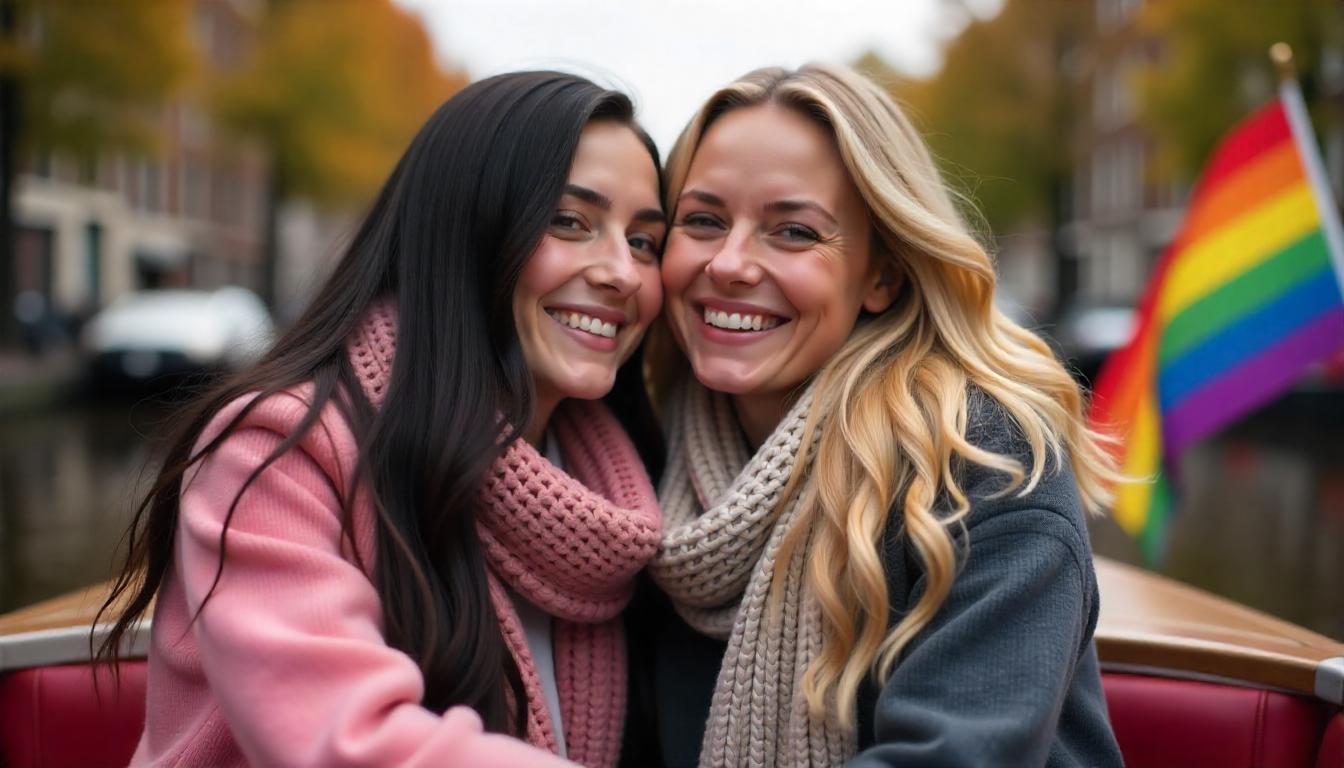Understanding bisexuality better: myths and misconceptions debunked!

Bisexuality is one of the most misunderstood sexual orientations within the LGBTQ+ community and beyond. Unfortunately, there are many myths and misconceptions that often lead to stereotyping and stigmatization of bisexual people. In this blog, we want to discuss some of the most common misconceptions and debunk them so that we can develop a better understanding of bisexuality and create a more inclusive community.
Myth 1: Bisexuals are “confused” or don't know what they want
A common misconception is that bisexuals have not yet “chosen” or are confused about their sexuality. This assumption stems from black-and-white thinking in which people believe that a person must be either gay or straight. In reality, bisexuality is a legitimate sexual orientation in which a person can be attracted to more than one gender. It has nothing to do with confusion, but everything to do with the versatility of human sexuality.
Myth 2: Bisexuality is just a phase
Many bisexuals face the idea that their feelings are temporary and that they will eventually “choose” a homosexual or heterosexual relationship. This idea undermines the validity of bisexual feelings and relationships. For many, bisexuality is not an intermediate stop on the road to a final identity or orientation, but an enduring and authentic sexual orientation.
Myth 3: Bisexuals are promiscuous or always need more sex
One of the most damaging stereotypes about bisexuality is that bisexuals are constantly seeking multiple sexual partners or cannot maintain a monogamous relationship. This is simply not true. Bisexuals, like gays and straights, have diverse preferences and desires when it comes to relationships and sexuality. Some prefer monogamy, others do not, just as with gays and straights.
Myth 4: Bisexuality disappears in a permanent relationship
When a bisexual person enters a relationship, it is often assumed that they automatically “lose” their bisexuality and become completely straight or gay, depending on the gender of their partner. However, this idea misses the essential fact that bisexuality is an attraction that persists regardless of the relationship a person is in. A bisexual person in a monogamous relationship remains bisexual even if they only have one partner at the time.
Myth 5: Bisexuals have it easier because they can “pass” for straight
It is sometimes claimed that bisexuals have an “advantage” over homosexuals because they can “pass” as straight. While some bisexuals may be less visible in society, this does not mean that they do not experience discrimination. In fact, bisexuals often face prejudice from both the heterosexual and homosexual communities, a phenomenon known as “bi-erasure” (the erasure of bisexuality). This often makes their experiences difficult and can lead to feelings of inequality.
Myth 6: Bisexuals are just straight or gay, depending on their partner
This assumption stems from the idea that a person’s attraction is entirely determined by the relationship they are in. However, bisexuals can be attracted to multiple genders regardless of who they are currently in a relationship with. Their sexual identity does not change with each new partner. This misconception can cause much misunderstanding and frustration within relationships, especially if the partner does not fully acknowledge or understand the bisexual identity.
Myth 7: Bisexuality is rare
Although it may seem like bisexuality is less common, research shows that bisexuality is actually one of the most common sexual orientations within the LGBTQ+ community. Many people identify as bisexual, but because of the aforementioned stigmas and misconceptions, some people do not feel comfortable sharing it openly. Recognizing bisexuality as a common and legitimate identity can help increase visibility and acceptance.
The importance of understanding and visibility
Bisexuality is a diverse and rich array of feelings and desires. It is important to dispel the stereotypes and misconceptions surrounding bisexuality so that bisexuals feel seen and supported. By breaking these myths, we can create a society where all sexual orientations are accepted and respected.
Whether you are bisexual yourself or know someone who is, acknowledging and understanding this identity can help build stronger, more empathetic relationships. Bisexuality is not a phase, not a confusion, and certainly not a stereotype. It is an authentic and legitimate way of being that deserves as much respect and acceptance as any other sexual orientation.
Let’s give every space for bisexuality to flourish, free of prejudice, so that together we can build an inclusive community with mutual acceptance!